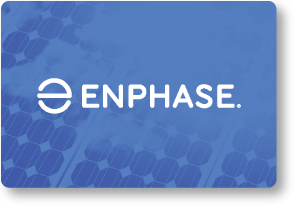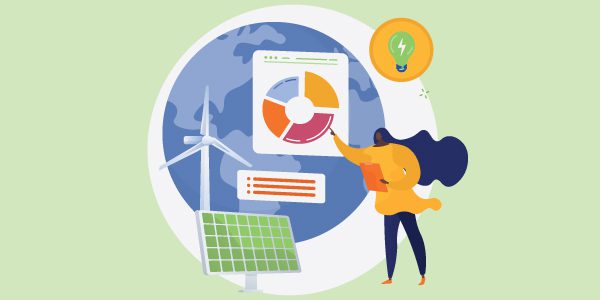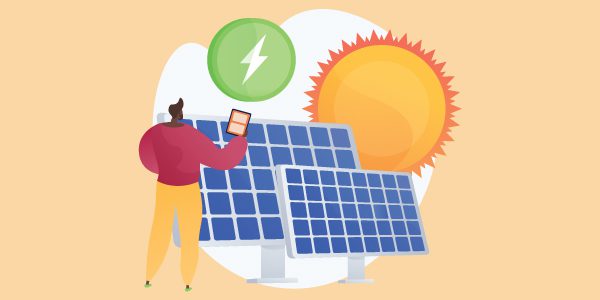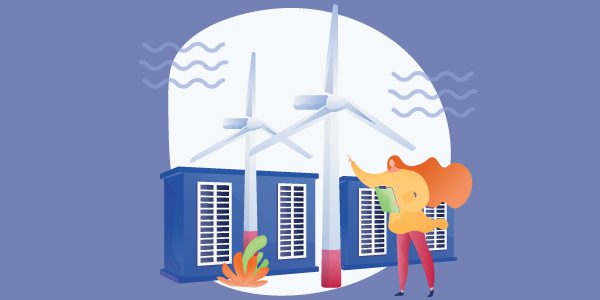Across all regions, we are seeing an increase in renewable energy uptake, which will create jobs, decrease energy inequality, and improve economies. I have used the World Economic Forum’s data for installed capacity and developing capacity from 2021 to give a good idea of how each region is doing in its adoption of renewable energy.
North Africa
North Africa is leading the way in renewable energy adoption, with 24,840 MW currently installed and 10,095 MW under development for 2021. Solar and wind power are popular choices in the region. So it’s not surprising that it’s home to some of the world’s largest solar farms, such as Morocco’s Noor and Egypt’s Benban.
The renewable energy market in North Africa is expected to grow at a compound annual growth rate (CAGR) of 6%. Ambitious renewable energy targets in Morocco and Egypt signal significant project growth, with Morocco aiming for 52% renewable energy in their energy mix by 2030 and Egypt aiming for 42% by 2035.
East Africa
In 2021, East Africa had 6,298 MW of installed renewable energy capacity, and projects under development were expected to increase generation by 4,581 MW. Given its mountainous landscape, hydropower is the most widely used renewable energy source in the region, with several hydropower projects commissioned over the past decade.
Solar energy currently makes up less than 2% of East Africa’s energy mix, but promising results from Kenya’s first Agrisolar farm, which opened last year, suggest that solar may demand more space in the energy mix in the years to come. Biogas also holds promising potential in the region, with Kenya targeting 1.5 million biogas digesters by 2030.
Southern Africa
Southern Africa had the lowest total of all regions in 2021, with 4,253 MW of installed renewable energy capacity and 2,209 MW under development. Despite a slow uptake, the region is increasing its clean energy projects; including 13 PV power plants in South Africa signed by Eksom Holdings SOC Ltd. and six private renewable energy developers, adding 975 MW to energy generation.
Wind, solar, and biomass are some of the prominent forms of clean energy generation in the region. Green hydrogen is also gaining traction, with Namibia securing Germany as its first international partner last year. The Namibian government aims to produce 12 metric tonnes of green hydrogen annually, which is expected to create an additional 600,000 jobs by 2040—enough jobs for 24% of the country’s population (2.5 million).
West Africa
In 2021, West Africa was second compared to the four other regions on the basis of installed capacity, at 13,110 MW; however, they were last in developing projects, with just 100 MW planned. Hydropower makes up 94.2% of the total renewable energy generation. Solar, however, could gain a foothold due to increased investment; Ghana had committed to eight solar power plants in 2021, and just last year they announced their interest (by conducting a feasibility study) in floating solar on Lake Volta.
Grid-connected renewable energy capacity and integration is a major priority in West Africa, where 220 million people lack access to electricity. In January of this year, Chad, Liberia, Sierra Leone, and Togo signed a $311 million deal to increase access to electricity, highlighting the region’s commitment to renewable energy development.
Central Africa
Central Africa had the highest amount of MW under development compared to other regions, with 10,402 MW installed and 15,201 MW being developed in 2021. Hydroelectricity and thermal energy are the most prominent sources of renewable energy in the region. Cameroon has set an ambitious target of increasing its renewable energy contribution to 25% by 2035, with 11% coming from hydroelectricity, 7% from biomass, 6% from solar, and 1% from wind.
In Botswana, the Integrated Resource Plan (IRP) aims to introduce 50 MW of wind and 100 MW of solar between 2025 and 2027. The IRP also includes initiatives to encourage private sector participation and close critical gaps in policy, which should aid in the uptake of renewable energy in the country.
Kenya
Kenya has ambitious renewable energy targets that they are well on their way to achieving. A commitment to 100% clean energy by 2030, and as of 2021, Kenya is past the 80% mark. This is further supported by the Kenya Electricity Generating Company Plc’s recent announcement of a decade-long plan to diversify their electricity generation by adding 3,000 MW of clean energy.
Their renewable energy mix is made up of solar (1%), imported (2%) energy, thermal (10%), wind (16%), hydroelectric (30%), and geothermal (41%). Kenya’s solar makeup is the lowest, but it has an estimated potential of around 15,000 MW. Several projects are in development across the country; Rumuruti, Nakuru, and WITU solar farms will all have a capacity of 40 MW each, and another project, Makindu, will be producing 33 MW.
Ethiopia
Electricity demand in the country is forecasted to grow by around 30% year-on-year. With a population of over 120 million people that is growing at around 2% a year, new electricity generation methods are essential. Ethiopia has more than 60,000 MW of renewable energy generation potential. Currently, 90% of the renewable energy generation is provided by hydroelectricity; however, only 5% of the country’s hydropower potential is being utilised.
In saying that, Ethiopia is committed and recognises the importance of diversifying its electricity mix and has released a plan to invest US$40 billion in renewable energy infrastructure over the next decade. With much of the population living in rural areas that have little to no access to electricity, building infrastructure is essential.
Looking at renewable energies, wind energy is the least promising due to Ethiopia’s close proximity to the equator, which limits viable wind spots. On the other hand, the close proximity makes solar energy a lot more advantageous. There is also huge interest in geothermal energy, with plans to install 35,000 MW across 17 projects by 2037. With this, the government plans to mainly use the cultivated energy for export.
Egypt
Egypt is one of the leaders in renewable energy in Africa. With an abundance of sun (so much so that it’s considered one of the top countries for solar energy potential globally), it’s home to one of the largest solar parks in the world. Egypt is working hard towards increasing their renewable energy mix and has plans to raise the capacity to 10 GW (from the current 6.8 GW of installed solar, wind, and hydro energy) by the end of 2023.
Additionally, the government seeks to increase the percentage share of renewables to 41% by 2035, with solar expected to take the lion’s share of 25%, wind at 14%, and hydropower at 2%. This will be nearly double the current share of 20%. To facilitate this transition, Egypt is working hard towards building a “green corridor” (power grid) to connect all renewable energy-produced electricity projects that reach a capacity of 70 GW.
As we can see, there are many projects that are underway across the continent. We’re also seeing an increasing uptake and interest in renewable energy, which means that we need to act now to build our renewable energy workforce. To do that, we need to address the current skills shortage and develop a plan to help not just our industry but our young population that has strong capabilities to lead us into a greener future.












